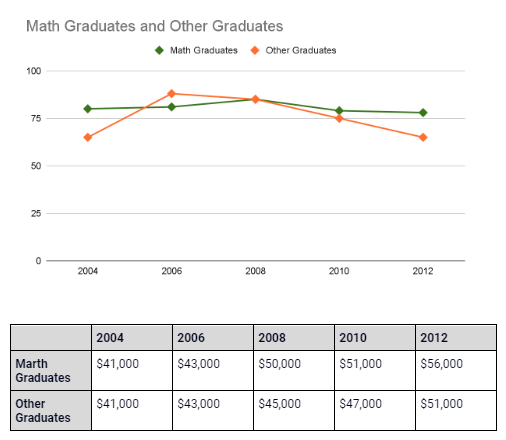
IELTS Mock Test 2024 June
- Published on: 03 Jul 2024
- Tests taken: 594,721
Writing Task 1
The graphs below show the percentage of graduates that got full-time jobs after graduating from a university in Australia, and the average salary of both these types of graduates, from 2004 to 2012. Summarise the information by selecting and reporting the main features, and make comparisons where relevant.
You should spend about 20 minutes on this task.
You should write at least 150 words.

Writing Task 2
All large companies should provide sports and community facilities to the local community. To what extent do you agree or disagree with this statement? Give reasons for your answer and include any relevant examples from your own knowledge or experience.
Give reasons for your answer and include any relevant examples from own knowledge or experience.
You should spend about 40 minutes on this task.
You should write at least 250 words.
Other modules in this test:




